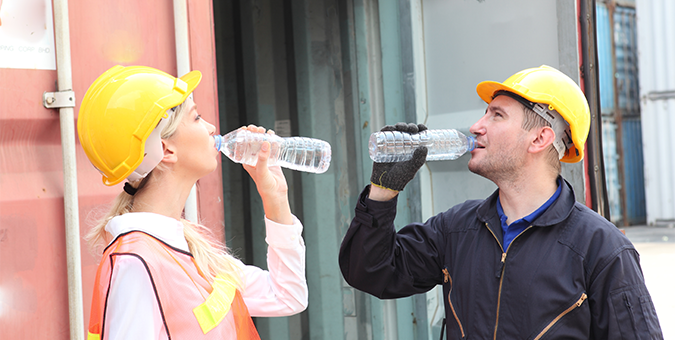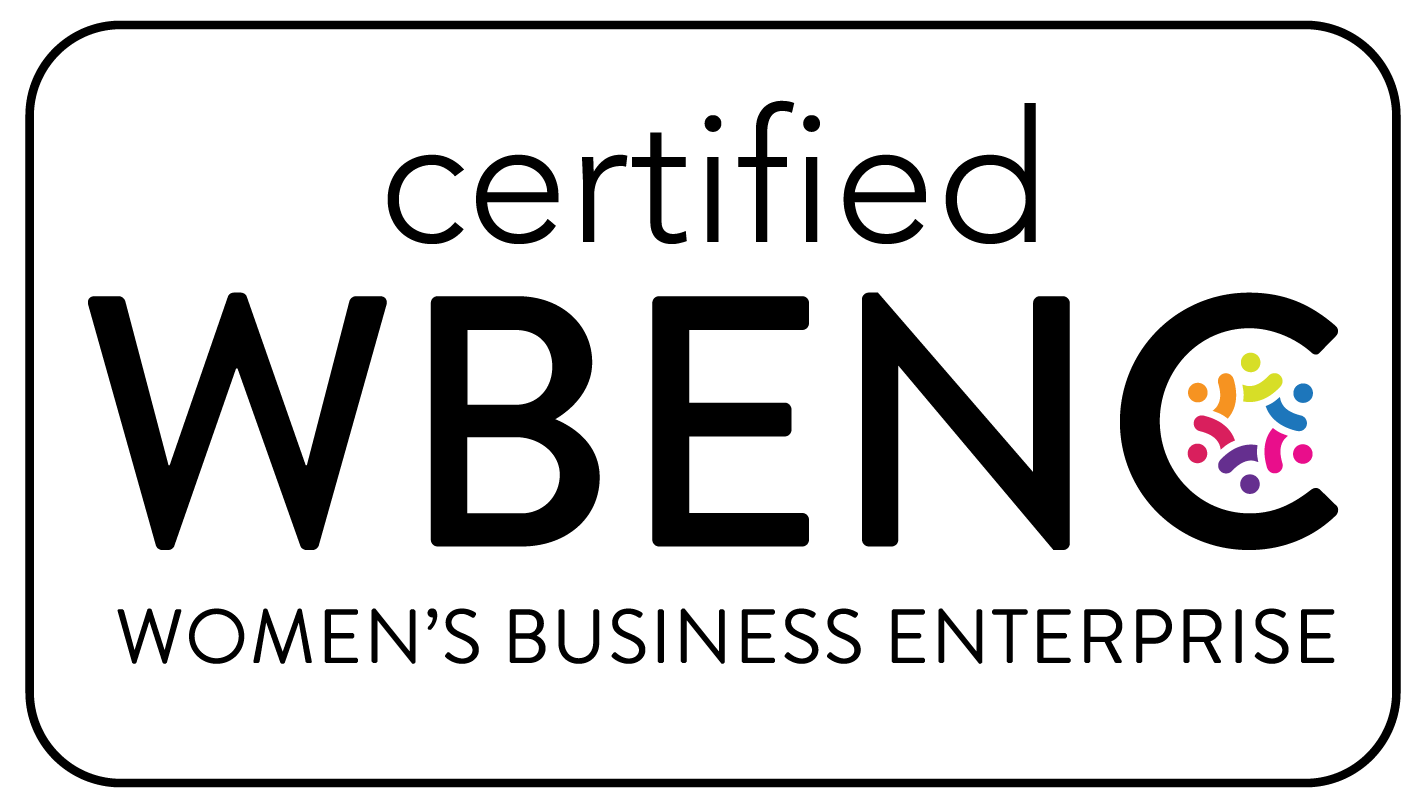Don’t Let Complex Heat-Related Illnesses Put Workers at Risk

Health and safety managers know the dangers of heat-related illnesses. But is your business prepared to handle complex cases that can threaten the well-being of your employees?
Author: Joseph Christian
June 16, 2023
Heat-Related Illness Are on the Rise
Last April, Secretary of Labor Marty Walsh announced the first-ever national emphasis program to protect workers from indoor and outdoor heat hazards.
“Tragically, the three-year average of workplace deaths caused by heat has doubled since the early 1990s. Heat illness exacerbated by our climate’s rising temperatures – presents a growing hazard for millions of workers,” said Walsh.
Are You Ready for Complex Cases?
Now that businesses across America are putting more emphasis on heat-related illnesses, health and safety teams need to remember that complex cases can seriously endanger your workforce and are more common than you think.
“Heat-related illnesses are not always straightforward, and you need to ensure your medical response can handle them,” said Dr. Heidi Roeber, Medical Director at CAREonsite.
For instance, what do you do if an individual that works in a heat-intensive environment falls over and your medical response incorrectly assumes it’s a straightforward case when it’s actually heat illness in a worker with impaired heat tolerance due to medications or underlying acute illness such as food poisoning?
Or what if you treat an individual for heat-related illness, and while they initially improve, their symptoms worsen because they ingested ibuprofen, which can cause kidney dysfunction and electrolyte imbalances?
Being ready for complex cases begins with understanding the basics.
Heat-Related Illness: The Basics
The first place to start is understanding the industries where workers most commonly suffer heat-related illnesses, according to OSHA.
Outdoor industries:
Agriculture
Construction
Roofing work
Mail & package delivery
Oil & gas well operations
Indoor industries:
Bakeries, kitchens, and laundries (sources with indoor heat-generating appliances)
Electrical utilities (particularly boiler rooms)
Fire service
Iron and steel mills and foundries
Manufacturing with hot local heat sources, like furnaces (e.g., paper products or concrete)
Warehousing

Also, a key to understanding the danger of outdoor industries is that 50-70% of fatalities occur in the first few days of working in warm or hot environments because the body needs to build a tolerance to the heat gradually over time.
Next, it is important to understand that the symptoms of heat-related illness occur along a spectrum, from milder heat cramps to life-threatening heat exhaustion and heat stroke. When it comes to worker safety, teach your team to react to any symptom list below and leave it to medical professionals to clarify the diagnosis, especially in the event of a more complex case.
Signs of heat exhaustion include:
Excessive sweating
Dizziness
Fainting
Nausea
Headache
Muscle cramps
If not treated promptly, heat exhaustion can progress to heatstroke, which is a life-threatening condition that requires immediate medical attention.
Signs of heatstroke include:
A high body temperature
Confusion
Seizures
Loss of consciousness
Understanding Factors That Cause Complex Cases
Although anyone may develop heat-related illness, there are individual factors that may decrease one’s ability to tolerate heat stress. Some of these include:
Age (over 60, or younger than 4)
History of prior heat illness
Low level of physical fitness (physically fit persons are more exercise tolerant, and better conditioned when working in elevated temperatures)
Obesity, which reduces the body’s ability to dissipate heat
Diabetes
High blood pressure
Heart disease
Acute illness, especially with fever or dehydration – even relatively minor conditions such as respiratory illness or diarrhea
Certain medications including, antihistamines and decongestants, stimulants used to treat ADHD, and medications that manage certain mental health conditions and high blood pressure
Alcohol and/or drug use
How To Address Complex Cases
Because not all workers handle heat stress with the same efficiency, workplace controls focus on safety for all employees, with education and training to include:
Personal factors which may increase the risk of heat-related illness
How to identify signs and symptoms in yourself or others
Ways to prevent heat-related illness
The importance of responding immediately if a heat-related illness is suspected
Employees who may have health conditions associated with an increased risk of heat intolerance should talk to their healthcare provider about whether they can work safely in the heat. An occupational medical monitoring program can help to identify those workers who may be at increased risk of heat illness while maintaining the confidentiality of their personal medical information.

Things Not to Overlook About Heat-Related Illnesses
“It’s always crucial to take preventive measures to avoid potentially life-threatening illnesses such as heat exhaustion and heatstroke,” said Verdale Benson, PA-C, Associate Clinical Director at CAREonsite. “Here are some factors to keep in mind to help mitigate the danger of heat-related illnesses.”
Location: Take into consideration the location and environment of the work area. Is shade available? Is the area well-ventilated?
Weather factors: Keep an eye on the heat index (How hot it feels when humidity is factored into the temperature). The National Weather Service provides heat index charts that help monitor the risk of heat-related illnesses.
Clothing type: Wear loose-fitting, lightweight clothing that allows air to circulate and sweat to evaporate.
Protective equipment: Wear hats and other appropriate protective gear that provides shade and ventilation. Lightweight, ventilated hard hats can also help reduce heat stress.
Hydration: Encourage workers to drink plenty of water before, during, and after work to stay hydrated.
Work schedules: Modify work schedules to reduce the risk of heat exposure. Consider scheduling heavy work during cooler times of the day and rotating workers between hot/cool areas.
Acclimatization: Allow workers time to acclimatize to the heat and gradually increase their workload over several days. New workers or those returning from an extended absence should be monitored closely for signs of heat-related illnesses.
By implementing these preventive measures and being proactive in monitoring workers for signs of heat-related illnesses, employers can help ensure a safe and healthy working environment. Remember, preventing heat-related illnesses requires a collective effort from both employers and workers.
Need Help Understanding and Managing Heat-Related Illnesses?
CAREonsite has occupational medical experts with decades of experience to help you better understand how your business can best mitigate the dangers of heat-related illnesses. Contact us at sales@careonsite.com to find out more.

